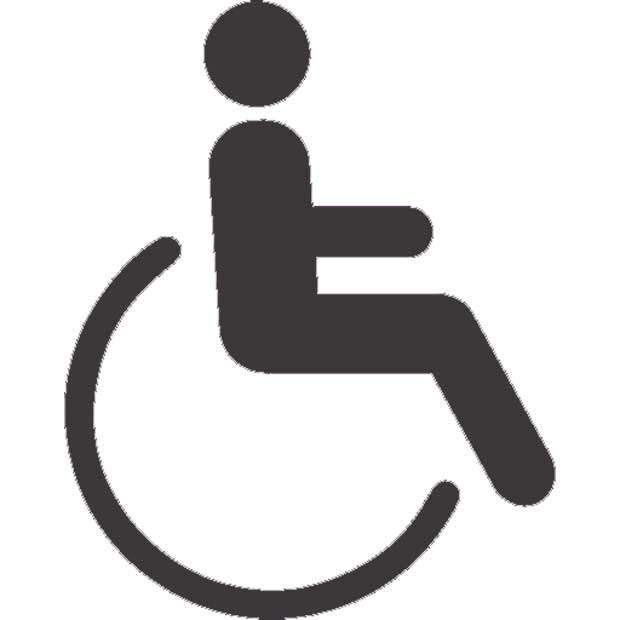Fate of the disabled and carer


2018-08-01
A 67-year-old mother was reported to have murdered her 45-year-old disabled daughter after decades of torment. The crumbling shack where these two lived was displayed in ‘Lankadeepa’ newspaper on July 21. Her husband had left the family when marital issues related to a disabled child emerged. Rather than stoning the sinner, I would prefer to analyze the caregiver’s anguish in a social setup where disabled are shunned.
Sri Lanka has many disability acts, but none practical. To make matters worse, “owning” a disabled child is attributed to previous sins committed by the parents by
 certain religious fractions. Hence, social stigma in bringing up a handicapped person is automatically created. In the above scenario, the 67-year-old mother might have attempted with all her might to care for her adult paralyzed daughter. Imagine moving and handling an adult patient by a weary old woman for four decades. Playing the role of the caregiver while trying to make ends meet. At the end the carer might have realised that she could not move any further.
certain religious fractions. Hence, social stigma in bringing up a handicapped person is automatically created. In the above scenario, the 67-year-old mother might have attempted with all her might to care for her adult paralyzed daughter. Imagine moving and handling an adult patient by a weary old woman for four decades. Playing the role of the caregiver while trying to make ends meet. At the end the carer might have realised that she could not move any further. I see disabled patients and devastated families on a daily basis. Rehabilitation is not always possible as we fail at the point of social integration of the handicapped. Sri Lanka lacks a proper mechanism of financing a disabled patient. The allowance provided after many obstacles is barely adequate for even transportation.
I was once in charge of a small spinal injury rehabilitation hospital in Pompaimadu, in Vavuniya district. We had patients from all walks of life, starting from ex-military cadres to traffic accident victims. Searching for employment opportunities was a failure, as even when generous employers offered jobs, disability/ wheelchair access at work places were an issue.
Northern province alone is said to have more than 40,000 disabled people. Imagine a world class garment factory fully managed by the disabled in the north. This would be an international hit. The efficacy of the disabled patients would be more than a paid garment factory worker, if properly motivated.
Sri Lanka needs to first of all accept the disabled. Community based rehabilitation does not cost if the citizens are ready to accept them. Making use of their capabilities would be the second step. Certain research shows that the commonest cause of death of a wheelchair bound patient is suicide.The average age of suicide is 50. This happens when the last few people who actually cared for the disabled, usually their parents die. We live in a country where compassion towards all living beings is preached via all forms of media. Yet Sri Lankans aren’t still prepared to walk their talk and make a change in the attitude towards disabled.
